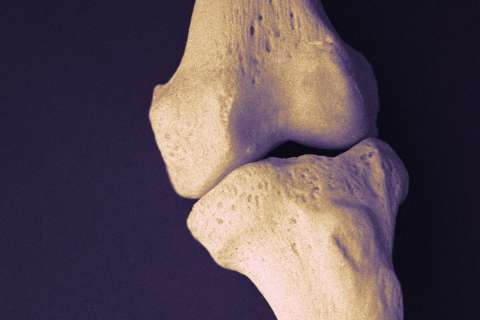Dear Doctors: We live in New Hampshire, and people are worried about Eastern equine encephalitis. There have been several cases, and someone has died. I’ve lived here all my life, and this disease is new to me. Can you please share what is known?
Dear Reader: Eastern equine encephalitis is a rare but potentially fatal mosquito-borne illness. Also known as EEE, it is one of four equine encephalitis viruses. The others are Western and Venezuelan equine encephalitis and West Nile virus. As with the other three, EEE originates in birds and rodents. It is spread to humans through the bite of an infected mosquito.
According to data shared by the Centers for Disease Control and Prevention, there are an average of 12 confirmed cases of EEE in humans in the United States each year. Occasional cases are reported in dogs, deer, horses and other farm animals. However, those animals, as well as humans, are what is known as a “dead-end host.” That means the concentration of EEE virus in the blood is too low to infect a mosquito, and thus cannot be passed on to another human. You also cannot become infected through contact with a sick person. Bottom line -- there is no human-to-human transmission.
As of this writing, there have been 13 confirmed cases of EEE in humans in the U.S. this year. They occurred in seven states, primarily in the Northeast. All 13 people developed severe disease, and two of them died.
Public health officials also track infected mosquitos, and that data has raised concerns. Spurred by a warming climate, the range of the mosquitos that carry the EEE virus is spreading. Infected mosquitos have been found in more than 20 states, primarily in the Northeast and Southeast. No infected mosquitos have been found farther west than Houston.
Not everyone infected with the virus becomes ill. When symptoms do occur, they typically begin four to 10 days after infection. The resulting illness can range from mild to severe. Initial symptoms include high fever, headache, muscle and body aches, joint pain, stiffness in the neck, fatigue and chills. EEE can escalate to cause neurologic disease, which affects the brain and spinal cord. This includes meningitis, which is inflammation of the membranes surrounding the spinal cord and brain, and encephalitis, which is inflammation of the brain Nearly one-third of these types of severe cases are fatal.
Diagnosis is based on the person’s symptoms and their potential recent exposure. When EEE is suspected, blood tests and analysis of spinal fluid will be done. There are no targeted medications for the disease, and treatment focuses on managing symptoms. This can include medications for fever, headache and pain, intravenous fluids and respiratory therapy. At this time, there is no EEE vaccine.
You can lessen the risk of any mosquito-borne illness by removing any sources of standing water around the home, which mosquitos need to lay eggs. Water trapped in a rain gutter or even an abandoned toy can become a breeding ground. And be sure to protect your body. Wear appropriate clothing and use an insect repellent when spending time outdoors.
(Send your questions to [email protected], or write: Ask the Doctors, c/o UCLA Health Sciences Media Relations, 10960 Wilshire Blvd., Suite 1955, Los Angeles, CA, 90024. Owing to the volume of mail, personal replies cannot be provided.)





